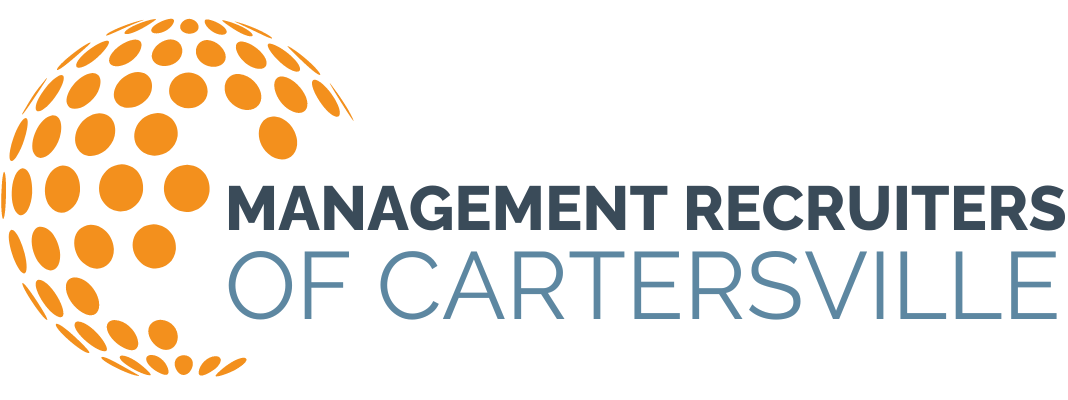Are You Still Hiring Like It’s 2009?
Many small and mid-sized businesses are struggling to stay fully staffed. With unemployment under 4 percent, the talent market is as competitive as it has been in 50 years — but unfortunately, many small businesses haven’t updated their hiring procedures in a decade.
In fact, businesses often approach the talent market as if it were still the height of the Great Recession, when unemployment was triple what it is today. At that time, employers had far more leverage in the hiring process, which meant there was less incentive to develop optimized hiring processes that attracted a lot of quality applicants quickly.
Is your small business struggling to get enough applicants for open positions? It may be because your hiring process is stuck in 2009. If you’re doing any of these things, it’s time for a change:
1. Making Applicants Jump Through Too Many Hoops
Consider how many steps your application process requires. It is highly possible that you are asking applicants to jump through more hoops than are really necessary to apply. Ask yourself:
– Do applicants have to navigate through to multiple pages to enter their details?
– Do applicants have to answer a lot of position-specific questions or perform multiple skills tests?
– Must applicants manually enter work history or education information that already exists on their resumes into an application?
Some small business owners and recruiters hold the misconception that a complicated application process will weed out less capable applicants. In reality, today’s candidate-friendly labor market means the best job seekers can be as discerning as they wish. If you’re asking candidates to do any of the above, then you can bet quality applicants are skipping your listings.
Skills tests and similarly time-consuming tasks may be important to ensure you choose the right candidate, but you shouldn’t front-load your application process with these requirements. Make it easy for applicants to submit their information right away, and then follow up with additional requests if it seems like an applicant may be a good fit.
2. Requiring Background Checks or Drug-Screening Approvals
Does your application process require applicants to consent to background checks or drug screenings?
First things first, these items should technically be contingent on an actual job offer for compliance purposes. Second, you’re just creating another step in the hiring process, which means fewer applicants.
Your organization can still conduct background checks and drug screenings, but these should not be part of your application process. Save them for the candidates you actually hire. If the goal is increasing the number of applicants in your pipeline, any added steps could deter top-tier candidates from submitting their resumes.
At a higher level, recent data from The Conference Board shows that, with far more available jobs than workers, employers may have to consider loosening their hiring requirements to fill empty roles. A stringent, demanding recruitment process may have made sense 10 years ago when every job posting garnered dozens or hundreds of qualified applicants, but in today’s labor market, such a process only hurts your company.
3. Combining Hiring and Onboarding
Similarly to the above, if your application requires candidates to agree to a lot of legal language around their rights or your policies, you may be inadvertently combining your job application with the onboarding process.
Company policies — including harassment policies, confidentiality clauses, arbitration clauses, and leave policies — should not be a part of your application process. These items are better suited to employee agreements to be read and signed once a candidate is hired.
Imagine the recruiting process as a funnel: At the top, where the funnel is broadest, you want to remove any potential roadblocks or bottlenecks that could keep a quality candidate from deciding to apply. As you move down the funnel, you want to narrow the field. So, it makes the most sense to incorporate steps like skills tests and drug screenings at later stages in the process. The narrowest point of the funnel is onboarding, where the new hire should complete all legal and compliance documents.
In many cases, hiring managers struggling to find applicants have actually reversed the funnel by making the top of the funnel narrower than it needs to be. The result is fewer candidates and more open positions.
In the past, there may have been no incentive to broaden the funnel. In fact, too broad of a funnel could have been a liability. Today, however, the unemployment rate is too low and the labor market too competitive to ask candidates to jump through so many hoops just to apply.
